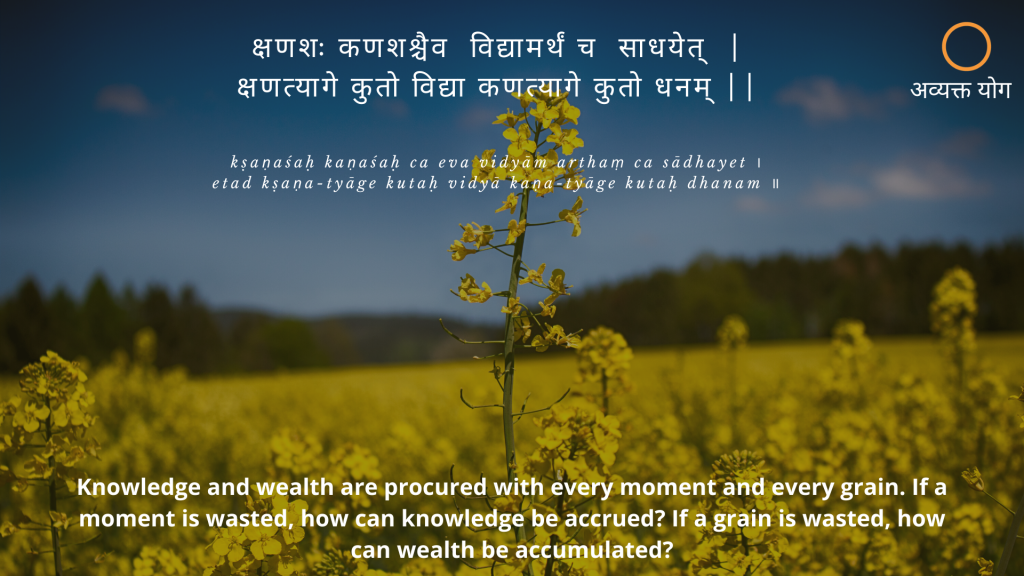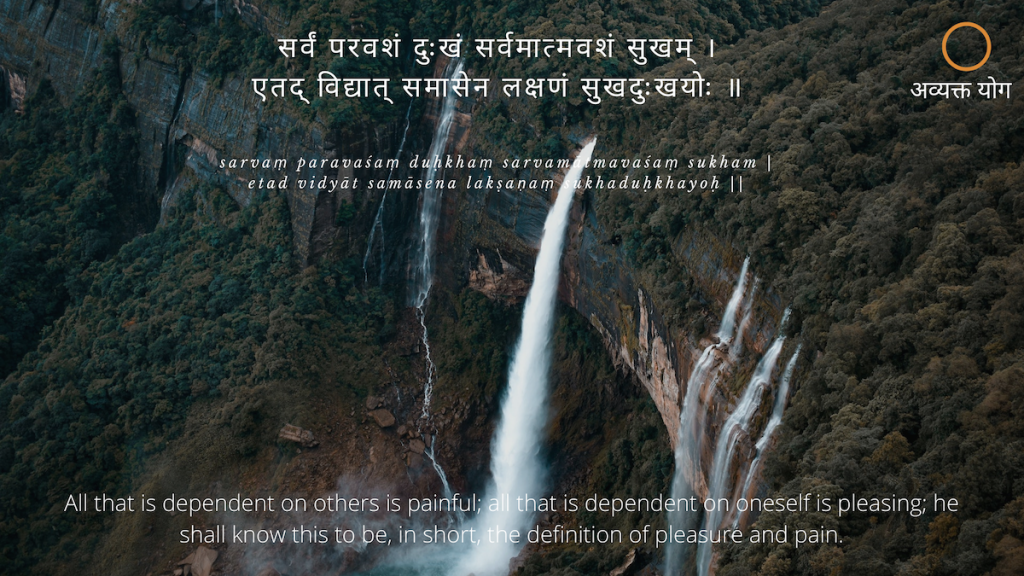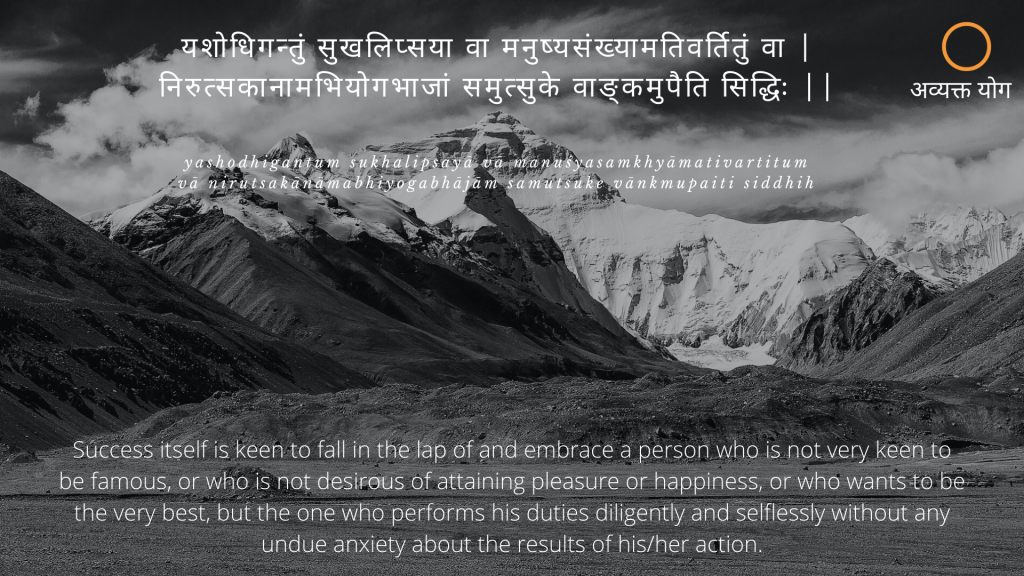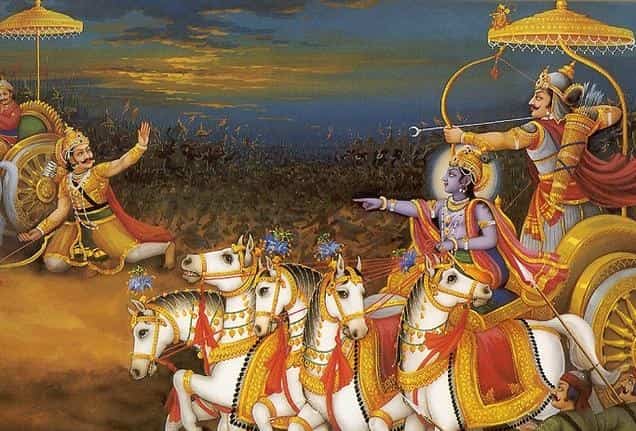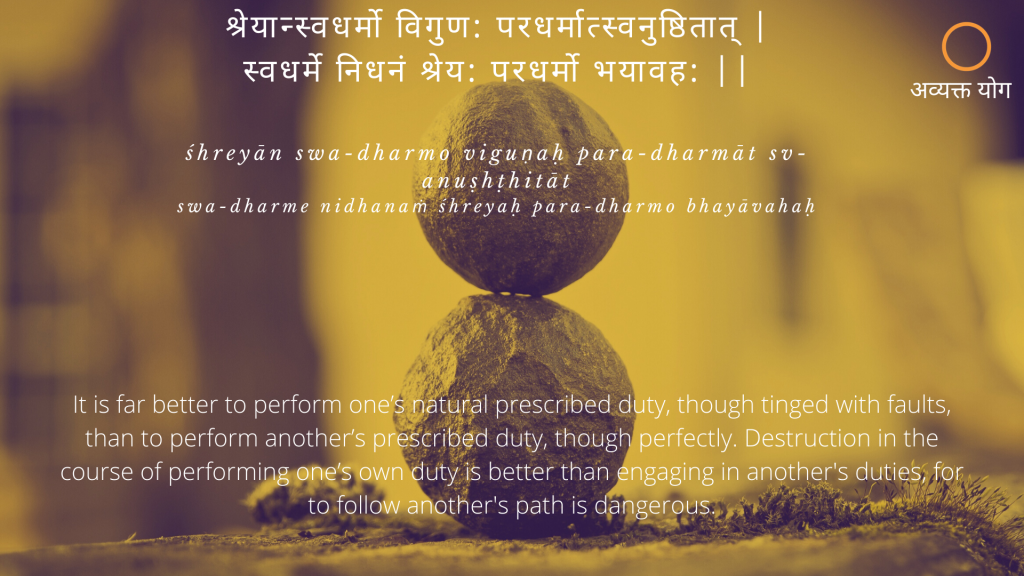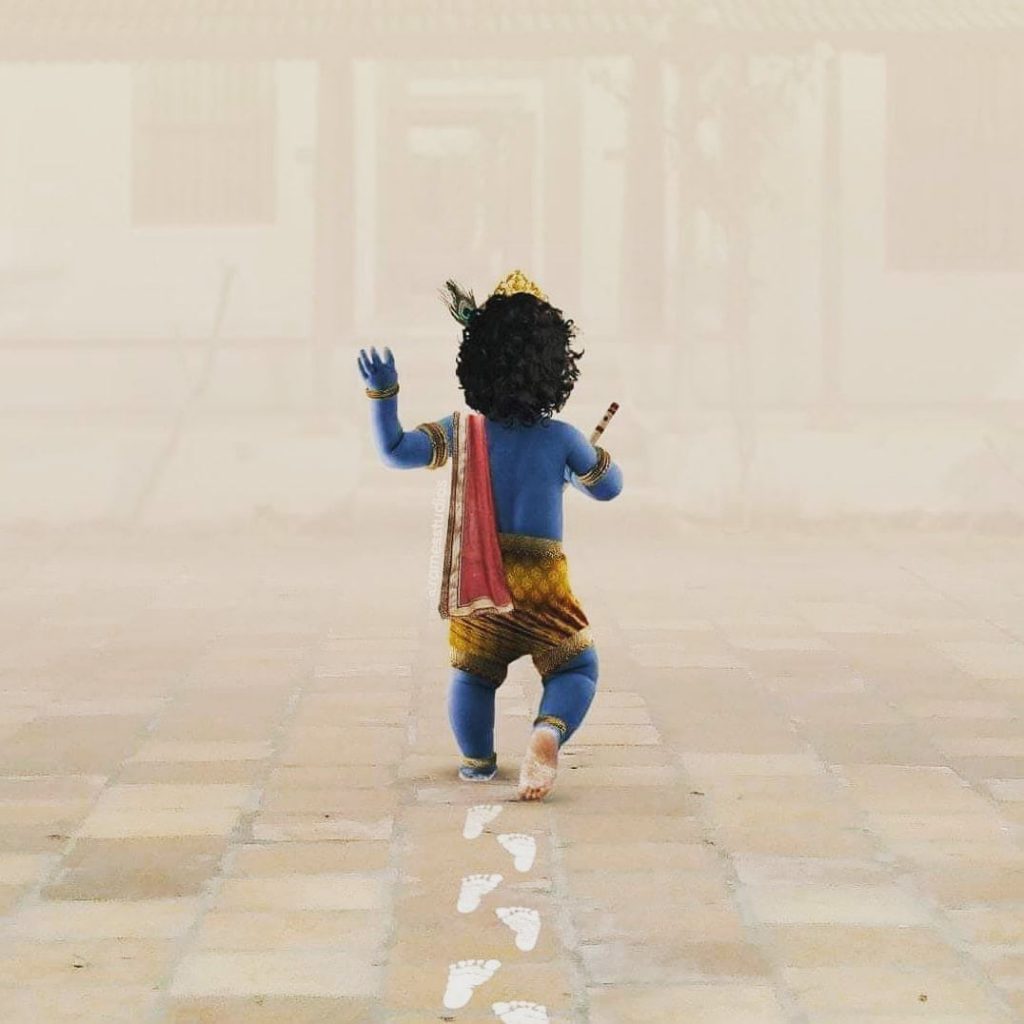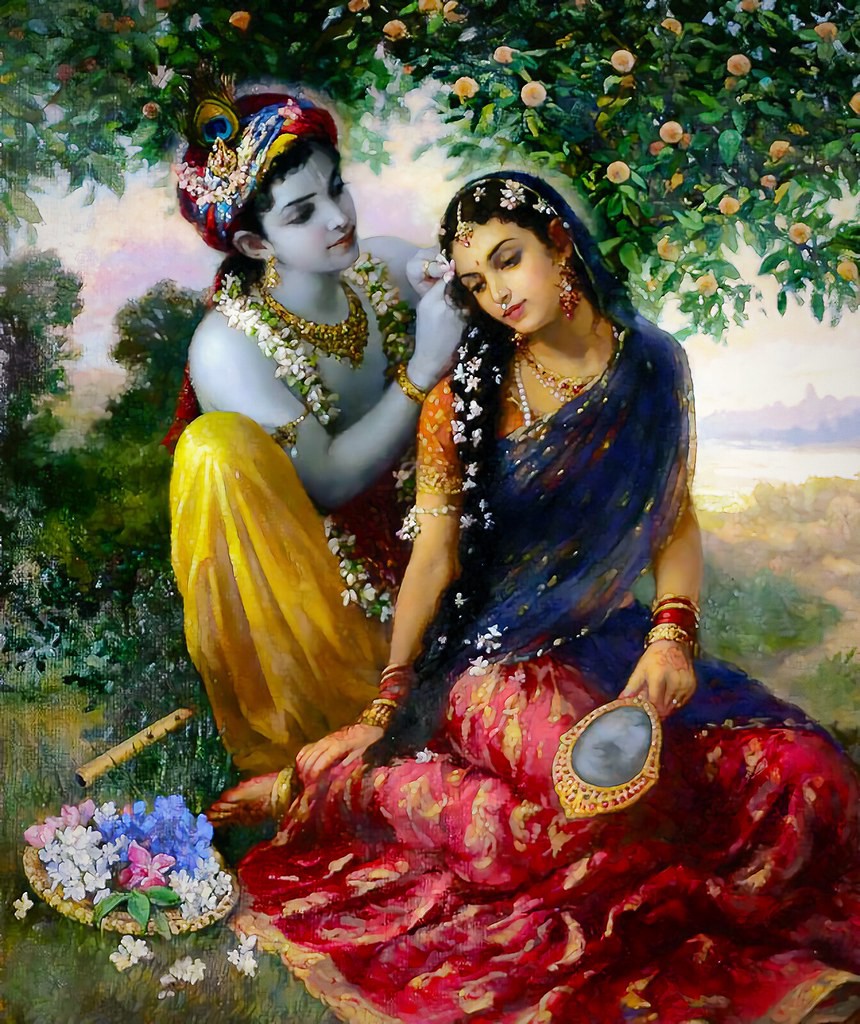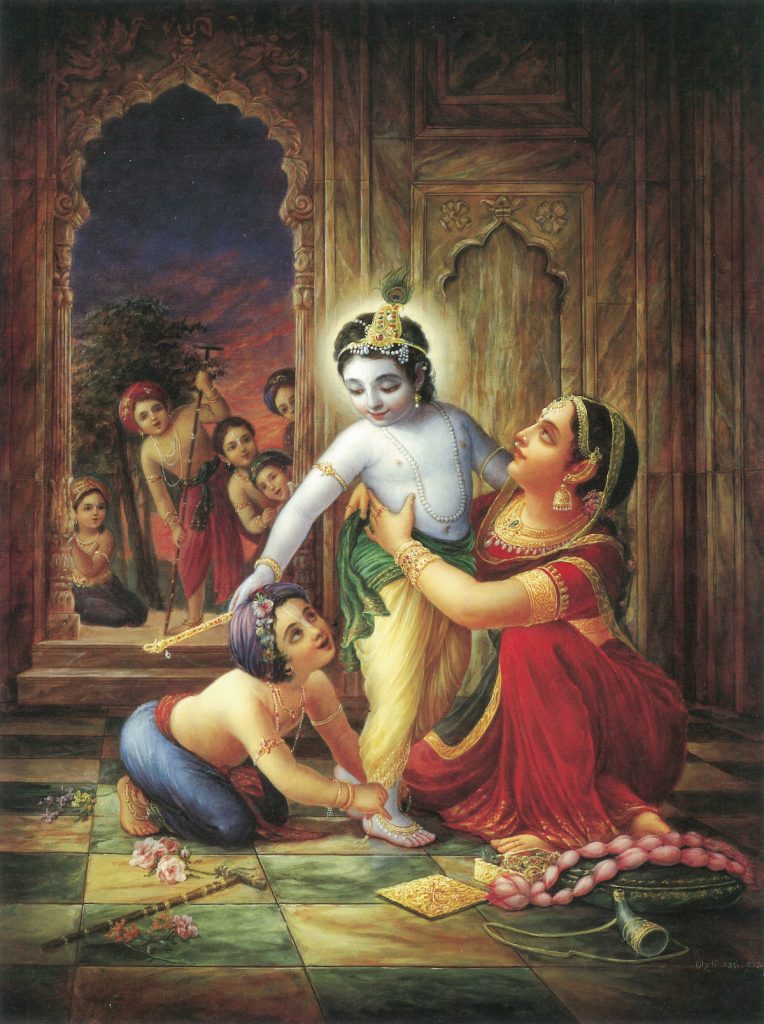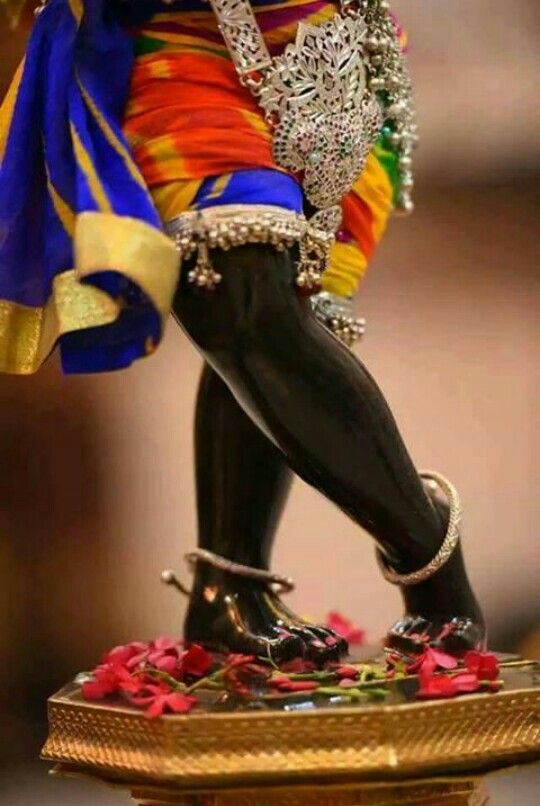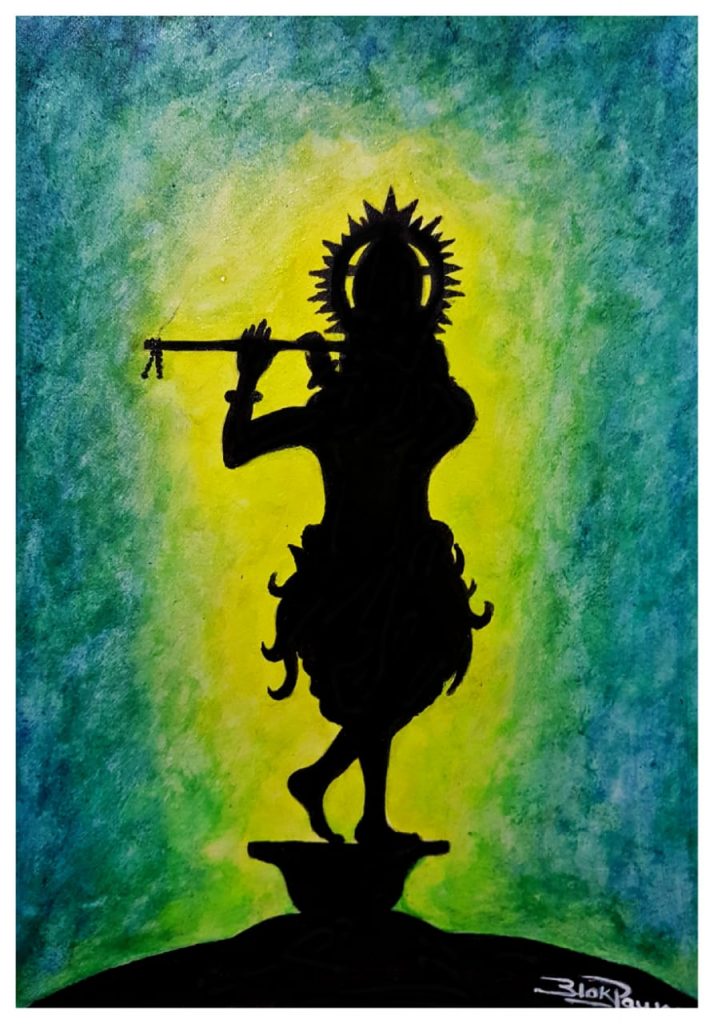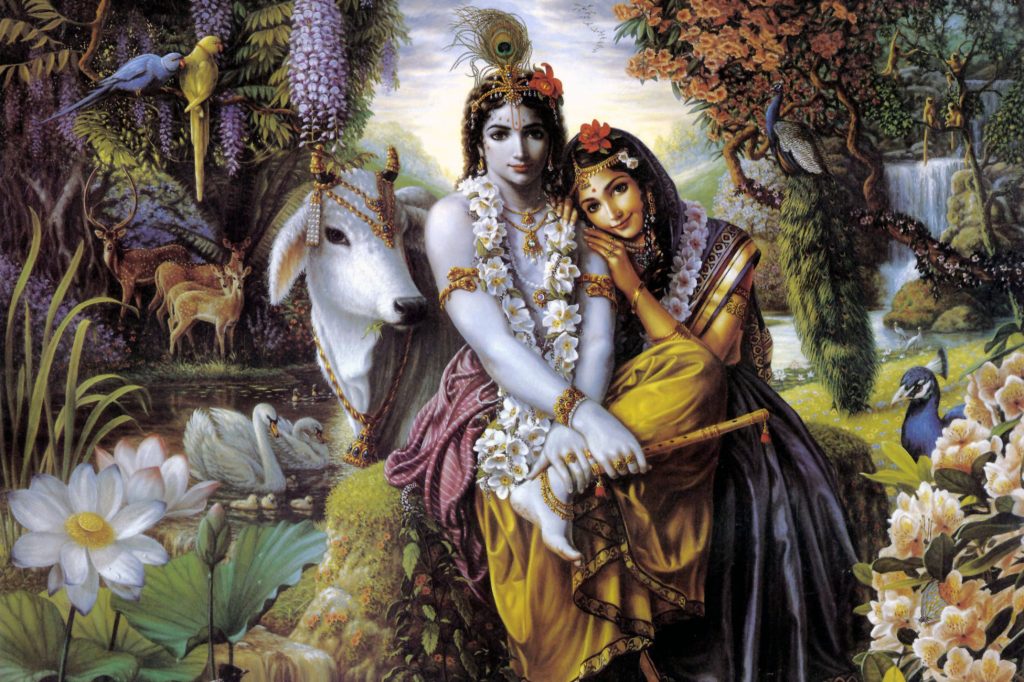I am now a grandmother once again!
My grandson was born a few days ago, and we conducted the naming ceremony today. My son wrote this on his blog, and I thought that I would share the same with you.
Here goes!
Namakarana is a very important samskara in Sanatana Dharma. A person’s personality is seen through the eyes, but is heard and understood through the name. A person or thing’s first experience is usually had through the eyes, and it’s understanding or interpretation is usually though the name.
नाम्यते अभिधीयते अर्थोऽनेन इति नाम – that whose meaning encompasses the characteristics of a person, is a name.
And this is why in our culture, a name is not arbitrarily assigned. In fact, it is only decided upon after the baby is born. Parents and elders take 11-14 days to observe the characteristics of the baby, it’s tendencies and gunas (sattva, rajas and tamas) and then after careful consideration, the names are assigned.
I said names. Because, one name cannot define everything about a person. The greater the personality, the more names they have. This is why we have the Vishnu Sahasranama – even one thousand names are not enough to define the universal consciousness.
For us mortals, 4-5 names are usually assigned.
The name by which the baby will be addressed by the world at large, the legal name – is called Vyavahārika nama. Everyone wants a unique name for their baby, and so did we. And so, we did a lot of research to arrive at the name that our baby will be known as.
The name is derived from a pada of the Atharva Veda Samhita, and the meaning of the pada beautifully fits into the name itself, and the name of the father too. Here it is.
ऋषि: – ब्रह्मा
देवता– अध्यात्मम्, रोहितः, आदित्यः
छन्दः – त्रिष्टुप्
सूक्तम्– अध्यात्म प्रकरण सूक्त
ॐ दिवं च रोह पृथिवीं च रोह राष्ट्रं च रोह द्रविणं च रोह।
प्रजां च रोहामृतं च रोह रोहितेन तन्वं सं स्पृशस्व ॥
Atharva Veda Samhita 13.1.34
dívaṃ ca róha pr̥tʰivī́ṃ ca roha rāṣṭráṃ ca róha dráviṇaṃ ca roha /
prajā́ṃ ca róhāmŕ̥taṃ ca roha róhitena tanvà1ṃ sáṃ spr̥śasva //
Raise the standards of all the aspects of your life, raise the level of your knowledge, and work hard to raise the honor of your country. Raise the standards of the wealth that you aim for and raise the level of your family and everyone around you. Rise to life immortal, by uniting yourself with the universal consciousness.
पद पाठ
दिवम् । च । रोह । पृथिवीम् । च । रोह । राष्ट्रम् । च । रोह । द्रविणम् । च । रोह । प्रऽजाम् । च । रोह । अमृतम् । च । रोह । रोहितेन । तन्वम् । सम् । स्पृशस्व ॥१.३४॥
पदार्थ –
[हे राजन् !] (दिवम्) व्यवहार को (च) निश्चय करके (रोह) प्रकट कर, (च) और (पृथिवीम्) पृथिवी [की विद्या] को (रोह) प्रकट कर, (च)और (राष्ट्रम्) राज्य को (रोह) प्रकट कर, (च) और (द्रविणम्) धन को (रोह) प्रकट कर। (च) और (प्रजाम्) प्रजा [पुत्र-पौत्र राज्य जन] को (रोह) प्रकट कर, (च) और (अमृतम्) अमरपन [पुरुषार्थ] को (रोह) प्रकट कर, (रोहितेन) सबके उत्पन्न करनेवाले [परमेश्वर] के साथ (तन्वम्) अपने विस्तार को (सं स्पृशस्व) संयुक्त कर ॥३४॥
भावार्थ –
जो मनुष्य प्रत्येक व्यवहार और विद्या में कुशल होता है, वह राज्य की सब प्रकार वृद्धि करता हुआ परमेश्वर की महिमा में अपने आत्मा को ऊँचा बनाता है ॥३४॥
Born
Kaliyuga Samvat 5122
Vikrama Era 2077
Saka Era 1942
Pausha Masa, Krishna Paksha
Hemant Ritu
Uttarayana
Gregorian calendar – 1st February 2021
In Sanatana Dharma, there are four prominent names – मासनाम्न, नक्षत्रनाम्ना, व्यवहारिकनाम्नाच संस्करिष्ये
Vyavahārika nama
Legal name, used for everyday interactions.
रोहामृत
रोह + अमृत
Rohaamruta
IAST – Rohāmṛta
Meaning – The one who has the ability to impart the nectar of immortality
Here, the nectar of immortality can mean knowledge – the ultimate truth.
Correct Pronunciation – Ro | Haa | Mri | Ta (as in TApas)
Incorrect – Ro | Ha | Mrit, Ro | Haa | Mrit
Every akshara in Samskritam is a mantra. And so, the akshara with which the name starts also holds significance.
र
Ra
Akshara
Element – Fire
Deva – Rudra
Tanmatra – Sight
As per Shāstras,
The last letter should be prolonged (dirgha) or should have the visarga. The less prolonged letters (rhasva) are predominant in Energy (Shakti) while the more prolonged (dirgha) ones or those containing visarga are predominant in Shiv (Brahman). Since the motive in Spirituality is union with the Shiv principle, this rule is followed.
In this name, the dirgha is used – Ro | Haa | Mri | Taa
A boy’s name should consist of two or four aksharas, for example Bhadra, Dev, Devdatta, Bhava, Bhavanath, Nagdev, etc. while a girl’s should consist of an odd number of letters that is 3, 5 or 7. Letters in odd numbers predominate in Energy (Shakti) while those in even numbers are Shiv predominant.
In this name, the four aksharas are used – र, ह, म, त
These four letters represent Righteousness (Dharma), wealth (artha), desire (kama) and Liberation (Moksha), the four objectives (purusharthas) of human life.
The name of a Kshatriyashould signify strength.
Rohāmṛta – the one who has the ability (the strength) to impart the nectar of immortality.
kula nama
Based on our kula devta – कृष्ण (Kṛṣṇa)
केशव
Keshava
IAST – Keśava
Order of emblems: Shankha, chakra, Padma, Gada
One whose own forms are Brahma, Vishnu and Shiva, for the creation, maintenance and destruction of the universe (by synthesis of ‘K’ for Brahma, ‘A’ for Vishnu, ‘isha’ for Shiva and ‘va’ for ‘svarupa’ form)
One who is endowed with the rays of light spreading within the orbit of the sun
One who has good, soft, dense, black hair (Kesha)
One who destroyed the demon Keshi in the Krishna avatara
The lord of creation, preservation, and dissolution, Keśava represents all three forms.
Also, the destroyer of the demon-Kesi, as per Vishnu Purana. Interestingly, by chanting the name Kesava, one gets rid of their Kleshas, which are the root cause of all our pain and suffering, there are five major kleshas as described in Patanjali Yoga Sutra — Avidya (Ignorance), Asmita (Egoism), Raga (Likings), Dvesa (Dis-likings), Abhinidvesa (Fear).
nakshatra nama
Based on the Nakshatra of birth
पीयूष
Piyusha
Meaning – The nectar of immortality
māsa nama
Based on the lunar calendar month of birth
कृष्णोऽनन्तोऽच्युतश्चक्री वैकुण्ठोऽथ जनार्दनः ।उपेन्द्रो यज्ञपुरुषो वासुदेवस्तथा हरिः ।योगीशः पुण्डरीकाक्षो मासनामान्यनुक्रमात् ॥
अनंत
Ananta
Meaning – the one who does not have an ending, who is immortal/ever expansive/universal
pitr nama
Based on ancestry – usually the name of the grandfather
सुभाष
Subhasha
Meaning – the one who is thoughtful and pleasant in speech


